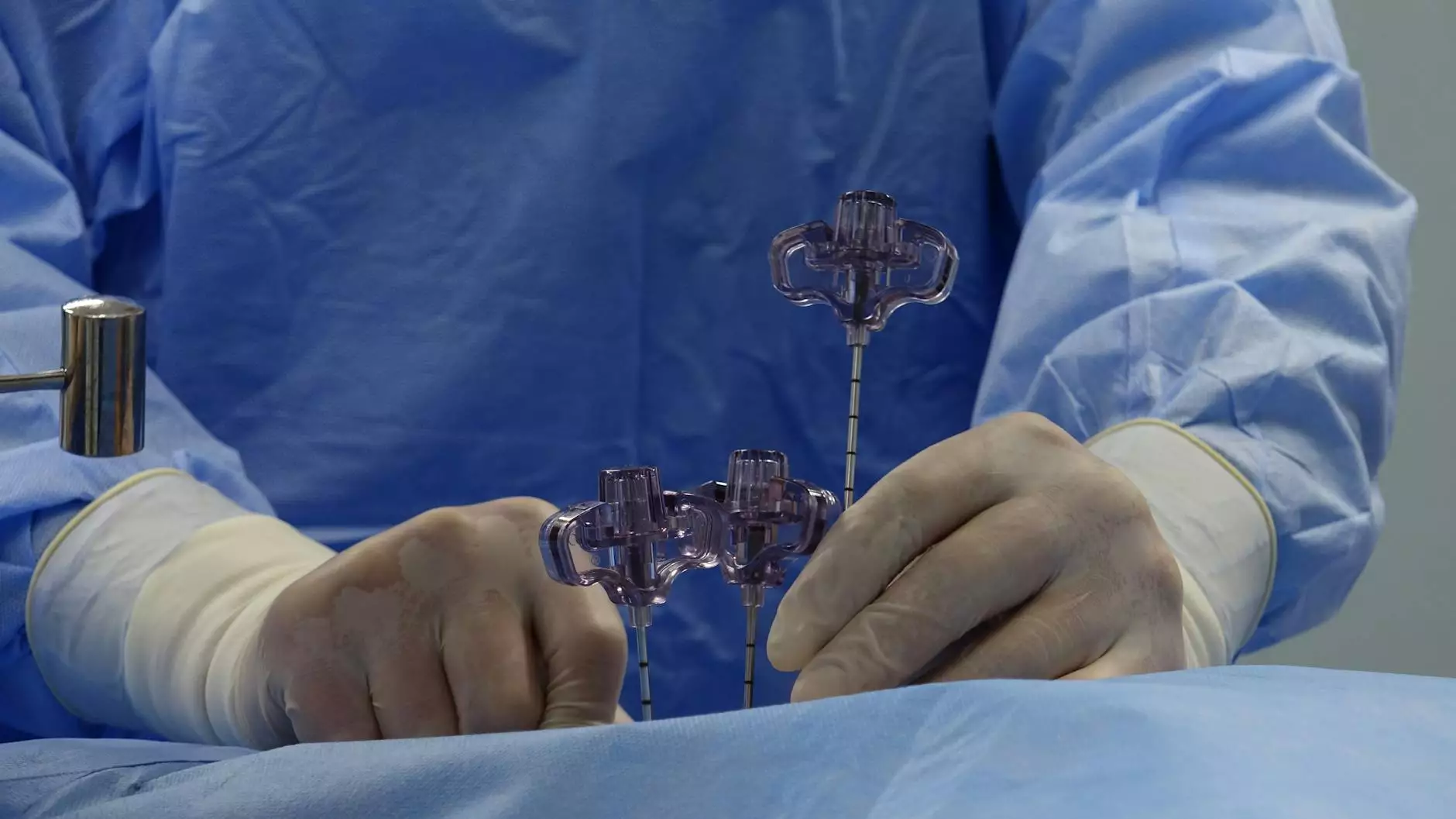Understanding Endometriosis Excision Surgery: A Comprehensive Guide

Endometriosis is a painful condition where tissue similar to the lining inside the uterus grows outside the uterus. This disease can cause severe pain, especially during menstrual periods, and can lead to fertility issues. Fortunately, endometriosis excision surgery offers a solution for many women suffering from this debilitating condition. In this article, we will explore the ins and outs of this vital surgical procedure, including benefits, the surgical process, and recovery.
What is Endometriosis Excision Surgery?
Endometriosis excision surgery is a surgical procedure aimed at removing endometrial-like tissue that has developed outside the uterus. Unlike simpler methods like ablation, excision involves cutting out the lesions and affected tissue entirely. This approach helps to alleviate pain, restore normal anatomy, and enhance reproductive potential.
Why Choose Excision Over Other Treatments?
Many treatment options exist for managing endometriosis, such as medication and hormonal therapy. However, these treatments may not be effective for everyone. Here are several reasons why endometriosis excision surgery might be the best choice:
- Complete Removal: Excision aims to remove all visible endometrial-like tissue, which can provide long-term relief from symptoms.
- Reduced Recurrence: Studies have shown that excision has a lower recurrence rate compared to ablation procedures.
- Improved Fertility: Women seeking to conceive may experience improved fertility rates after excision, as it can restore normal anatomy.
- Comprehensive Pain Relief: Many women report significant decreases in pain levels after the procedure.
Who is a Candidate for Endometriosis Excision Surgery?
Not every woman with endometriosis will require excision surgery. Candidates typically include:
- Women who experience moderate to severe pain that interferes with daily activities.
- Patients who have not found relief from other treatments.
- Women looking to improve fertility who experience endometriosis-related infertility.
- Individuals with specific types of endometriosis, such as deep infiltrative endometriosis.
The Surgical Procedure: What to Expect
Understanding the surgical process can alleviate anxiety. Here’s a breakdown of what to expect during endometriosis excision surgery:
Pre-operative Preparations
Before surgery, your doctor will conduct a thorough evaluation, which may include:
- Health history review and physical examination.
- Imaging tests such as ultrasounds or MRIs to locate endometrial lesions.
- Blood tests to assess overall health and readiness for surgery.
The Surgery: Step-by-Step
The endometriosis excision surgery can be performed laparoscopically or through open surgery, depending on the severity of the condition. Here is a generalized overview:
- Anesthesia: You will receive general anesthesia for the procedure.
- Accessing the Abdomen: The surgeon will make small incisions in the abdomen for a laparoscope and tools.
- Identifying Lesions: Using video imaging, the surgeon locates the endometrial-like tissue.
- Excision: The surgeon meticulously cuts out the lesions, ensuring minimal damage to surrounding tissues.
- Closure: The incisions are closed, and the surgical site is bandaged.
Post-operative Care
After the surgery, patients may experience:
- Pain Management: You will likely be prescribed pain medications to ease discomfort.
- Activity Restrictions: Avoid heavy lifting or strenuous activities for a few weeks.
- Follow-up Appointments: Regular check-ups to monitor recovery and address any complications.
Recovery from Endometriosis Excision Surgery
Recovery from endometriosis excision surgery can vary, but following the surgeon's post-operative care instructions is crucial. Here are some tips for a smooth recovery:
- Rest: Allow your body to heal by getting plenty of rest.
- Nutrition: Maintain a balanced diet rich in vitamins and minerals to boost recovery.
- Hydration: Drink plenty of water to support healing and overall health.
- Gentle Movement: Engage in gentle stretching or light walks as recommended.
The Benefits of Endometriosis Excision Surgery
Choosing endometriosis excision surgery has several key benefits which can vastly improve a patient’s quality of life:
Pain Relief
Many women report long-lasting relief from pelvic pain, menstrual cramps, and other discomforts following excision.
Fertility Improvement
For women struggling with infertility due to endometriosis, excision can enhance reproductive outcomes by removing physical barriers to conception.
Quality of Life
Aside from physical benefits, women often experience significant improvements in their psychological and emotional well-being post-surgery.
Potential Risks and Considerations
While endometriosis excision surgery is generally safe, like any surgical procedure, it comes with potential risks, including:
- Infection: Although rare, surgery can introduce bacteria, leading to infections.
- Bleeding: Some patients may experience excessive bleeding during or after the procedure.
- Adhesions: Surgery could result in scar tissue forming, which may cause pain or complications.
- Anesthesia Risks: As with any surgery requiring anesthesia, there are inherent risks involved.
Long-term Outlook After Excision Surgery
The long-term outlook for women who undergo endometriosis excision surgery is generally positive. Many experience significant pain alleviation and improved fertility rates. However, it is important to note that some women may require additional therapies or repeat surgeries if the endometriosis returns.
Follow-up Care
It’s essential to maintain regular follow-up appointments with your healthcare provider to monitor for the recurrence of endometriosis and manage any ongoing symptoms effectively.
Conclusion
In conclusion, endometriosis excision surgery is a powerful and effective treatment for those suffering from the chronic pain and complications associated with this condition. By comprehensively addressing and removing endometrial-like tissue, women can experience significant improvements in their quality of life and reproductive health. If you are considering this surgery, engage in thorough discussions with experienced professionals, like those at drseckin.com, to ensure that you receive the best care tailored to your needs.
Prioritizing added insights and experiences surrounding endometriosis excision surgery can empower individuals to reclaim their health, manage symptoms effectively, and foster a renewed sense of well-being. The journey towards recovery is deeply personal, but with the right support and information, it can also be a transformative experience.









